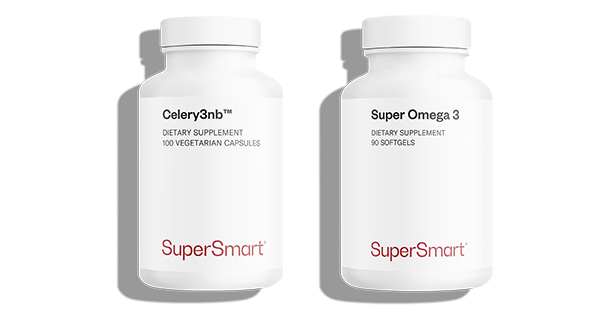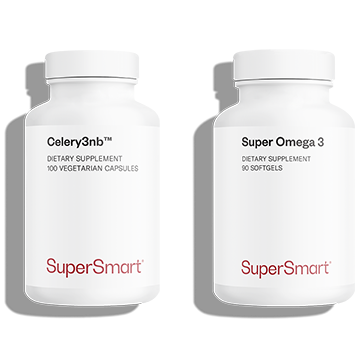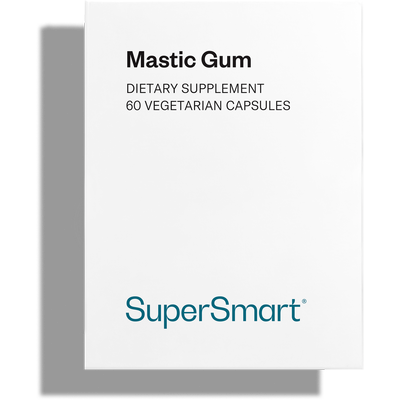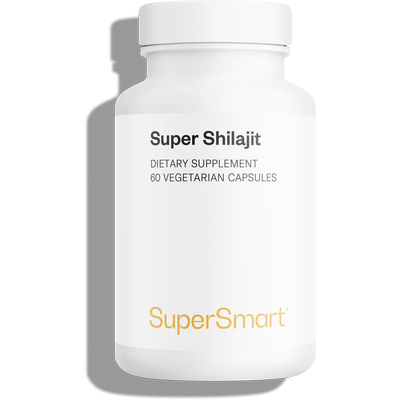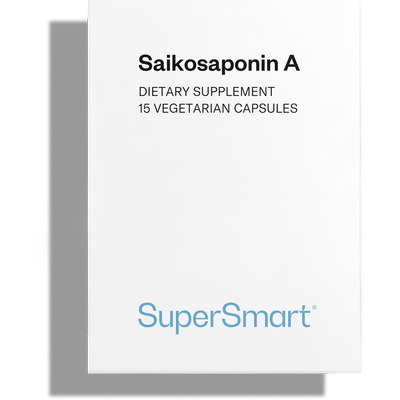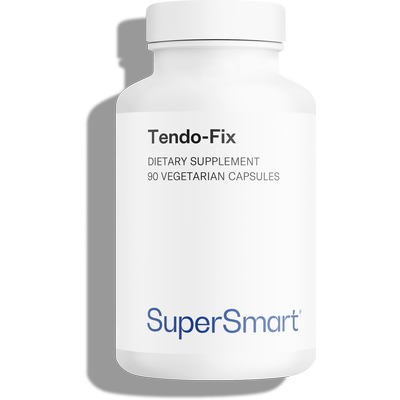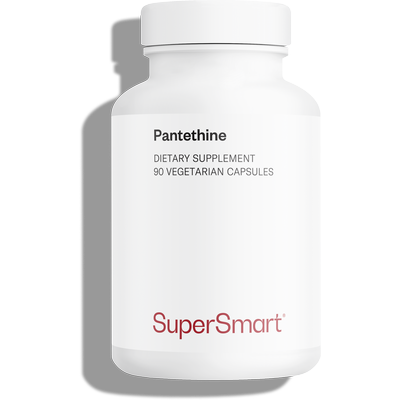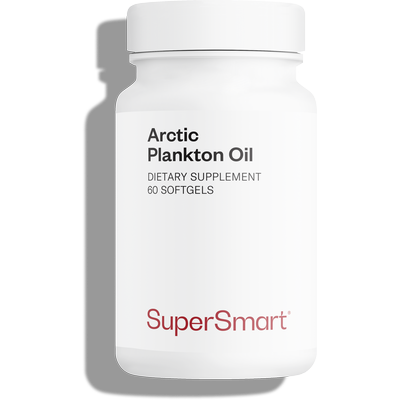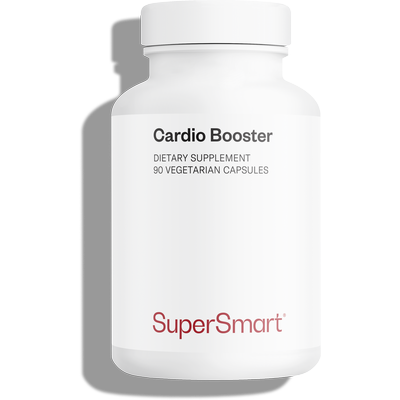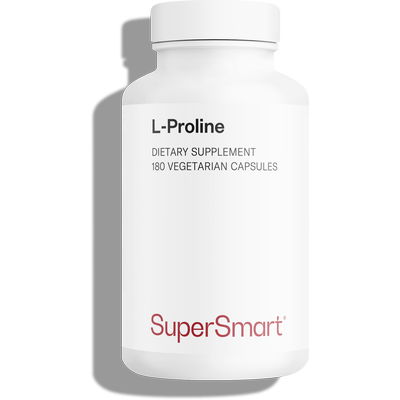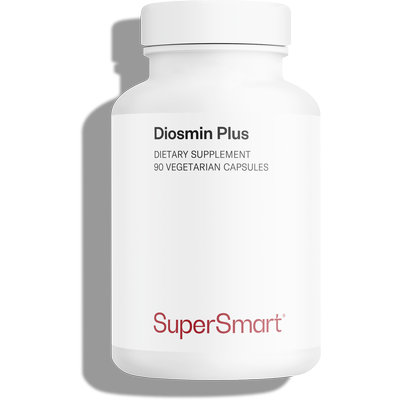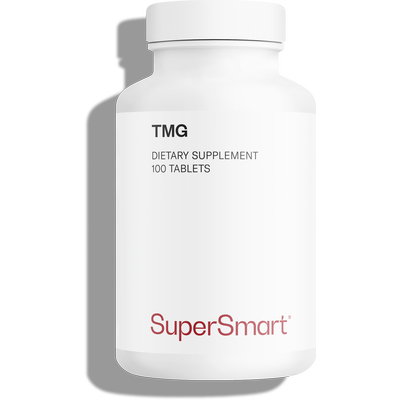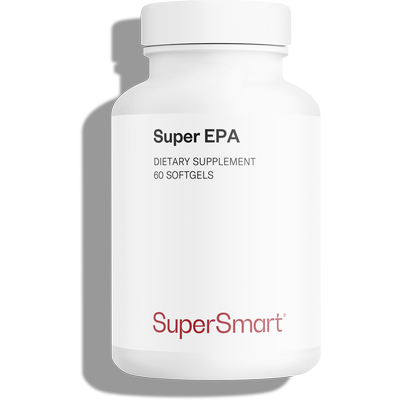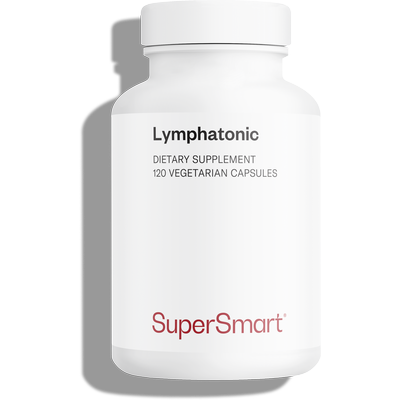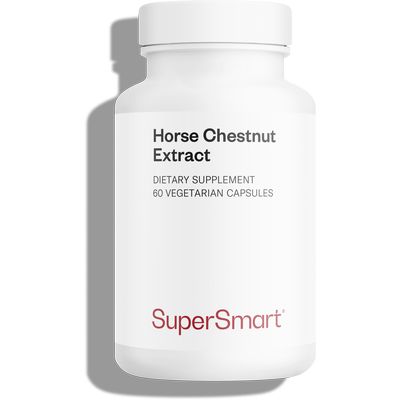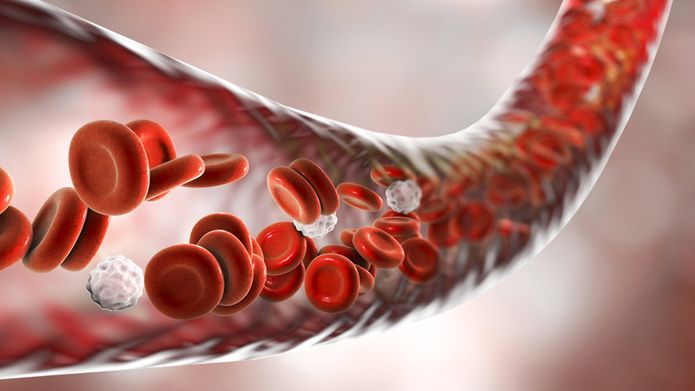In stock
Celery3nb + Super Omega3
Complete your selection
What is in Celery3nb + Super Omega3
Any questions?
Our team of nutrition experts and scientists has the answers.
In theory, the body is able to produce EPA and DHA from plant-source omega-3 fatty acids, but intake of these has declined significantly over the years as a result of modern farming methods and changes in our diet (3).
What’s more, the rate at which they’re converted is now very low as a result of our inappropriately high consumption of omega-6 (4). Of far less benefit to the body, these fatty acids are nonetheless ubiquitous in modern processed foods and they mobilise all the enzymes (elongases and desaturases) needed for the conversion of plant-source omega-3s into DHA and EPA.
So, if you decided to increase your intake of plant-source omega-3 fatty acids, you would not see any benefits unless you simultaneously made significant cuts to your omega-6 intake. The fact is, we actually need to consume the same amount of plant omega-3 as we do omega-6, but our actual consumption of omega-6 is 15-50 times greater than that of our plant-source omega-3.
In excess, omega-6 displaces omega-3 and invades cell membranes in their place, resulting in the formation of billions of pro-inflammatory molecules (5-6).
Yes. These two compounds definitely cross the blood-brain barrier, by means of transport proteins specific to long-chain polyunsaturated fatty acids. Several clinical trials have proved that oral administration of omega-3 results in accumulation of these fatty acids in tissues of the central nervous system (25-26).
This product’s capsules are composed of HPMC (hydroxypropyl methylcellulose), a plant substance derived from cellulose. HPMC is widely used for medicines and dietary supplements. It contains no animal ingredients, is recognised as safe by health authorities and is considered more sustainable than synthetic alternatives.
Following ingestion and absorption, EPA and DHA are incorporated into cell membranes with phospholipids. This is a slow process: Super Omega 3 therefore needs to be taken every day for several weeks or even months in order to fully obtain its benefits.
At the end of the supplementation period, the increased intake in omega-3 will be reflected in the composition of the phospholipid membranes. The NAT-2 study showed that supplementation with omega-3 produced a significant increase (up to 70%) in levels of these fatty acids in membranes. To achieve this, it is advisable to reduce your intake of omega-6 throughout the supplementation period.
This product’s softgels are of marine origin. Made from fish gelatine, they ensure optimal uptake and are notable for their outstanding purity.
Need help?
You may also like

